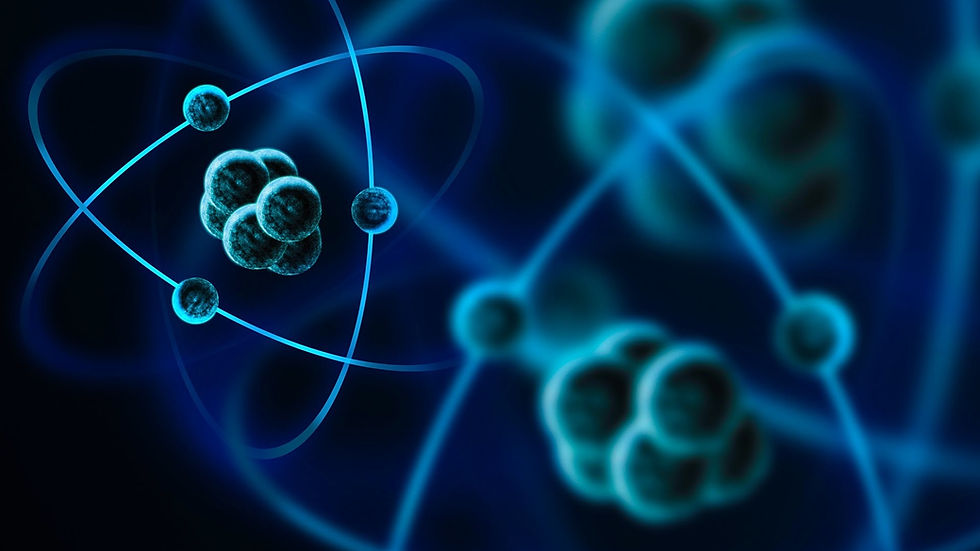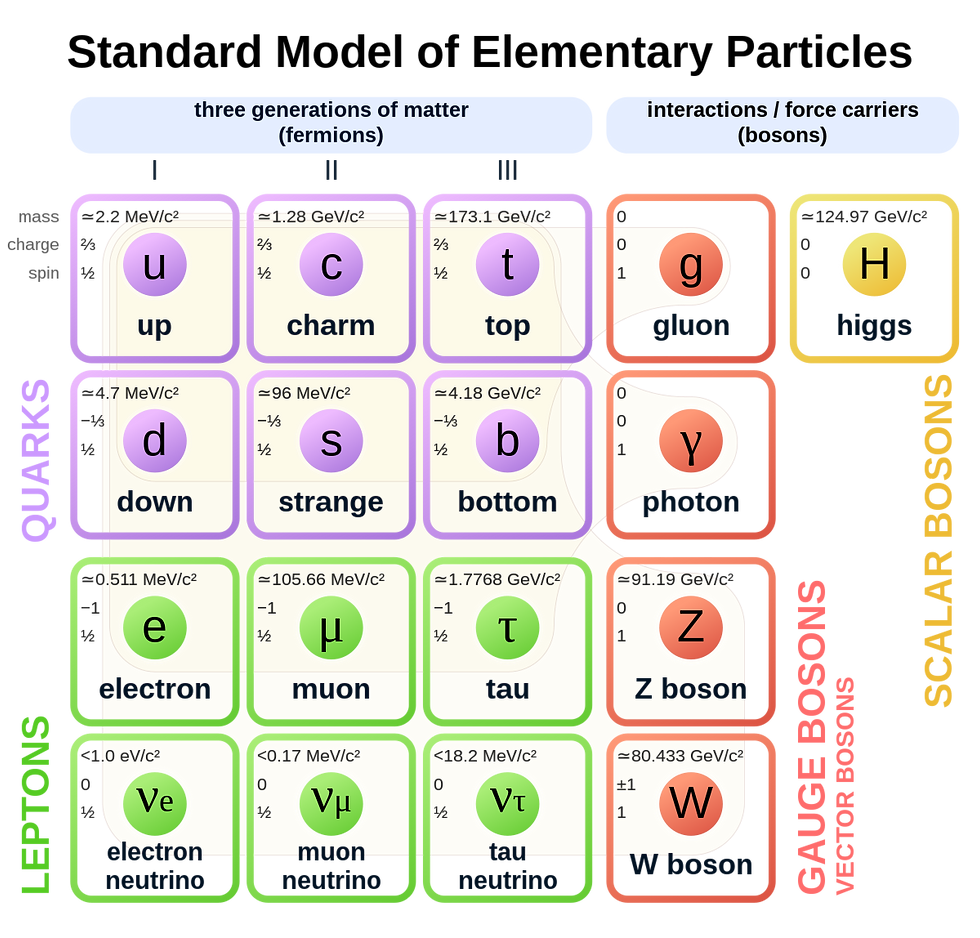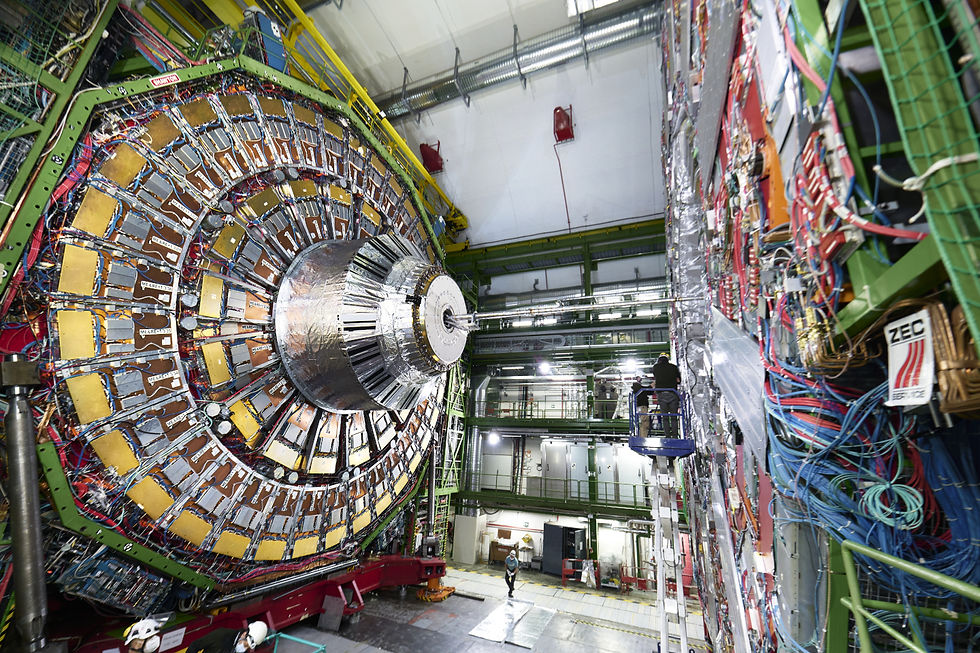Aurora, IL

Everyone knows about the atom, the smallest building block of matter, as well as the proton, neutron, and electron, the subatomic particles that make up the atom. But very few know of the myriad other subatomic particles that are important for the functioning of the universe. These particles, known as elementary particles, and their attributes create everything we know of and explain why things do what they do. Further research into elementary particles could yield explanations for black holes, gravity, and other unsolved mysteries currently present in the scientific world.

The Standard Model of Elementary Particles was developed fairly recently in the early 1970s and has explained myriad phenomena related to quantum physics. The Standard Model is a guide to how different particles act and react with one another and how they make up all known matter in the universe. When the model was first theorized, many of the particles had not been discovered yet, but over the years, we have found nearly all of the elementary particles hypothesized through particle accelerators at Fermilab, CERN, and other laboratories. The two main groups of elementary particles are fermions and bosons, and each group has their own unique properties which allow them to make our world work.
Fermions are extremely small and light elementary particles with a half-integer “spin” (½, 3/2, 5/2, etc). The “spin” of a particle is the angular momentum that the particle has. Spin is measured in multiples of the Dirac h, or h-bar (ℏ), where the h-bar is the Planck constant divided by 2pi. Fermions follow the Pauli Exclusion Principle, which means that they cannot exist in the same place at the same time (that is, they cannot obey quantum superposition). Fermions can be either quarks or leptons. There are 6 different quarks with interesting names: up, down, charm, strange, top, and bottom. These were discovered throughout the late 1900s and culminated with the discovery of the top quark in 1995 at Fermilab. Different quarks have different charges—for example, the up quark has a charge of ⅔e while the down quark has a charge of -⅓e. Protons are made of two up quarks and a down quarks, while neutrons are made of two down quarks and an up quark. When you add up the charges, it is evident how protons have a +1 charge and neutrons have a 0 charge.

Leptons are the second type of fermion. Leptons consist of the electron, muon, tau, electron neutrino, muon neutrino, and tau neutrino, and all of them have a spin of ½. The electron is an elementary particle familiar to most and has a -1 charge. They revolve around the atom in a cloud formation at very high speeds. While free protons and electrons have nearly infinite lifetimes, muons are extremely unstable and only last on average 2.2 microseconds. Muons behave similar to electrons, but are 200 times heavier. Because of their mass, they also sometimes work like protons, so they can also pick up an electron and make an “atom”, namely muonium. Muonium is lighter than hydrogen and is still being studied. The tau particle is also similar to the electron, but is 3477 times heavier, and is thus unstable with a lifetime of about 2.9 × 10−13 seconds. Taus decay into lighter particles such as muons and electrons through the weak force, a fundamental force of nature that starts the nuclear fusion reaction that happens inside stars among other things. Each lepton has a corresponding neutrino, each with similarities and differences. Neutrinos have nearly no mass, have no charge, and travel at near lightspeed, so they are very hard to detect. They are emitted from nuclear fusion reactions in the same way that sunlight is created. When the universe was first created, there was an equal amount of matter and antimatter, but currently, there is more matter than antimatter, despite the fact that when they touch they both annihilate. Scientists theorize that neutrinos may have played a role in this difference and continue to research their hidden impacts on the universe.

The second main group of elementary particles are bosons. The first boson, the gluon, is an extremely important particle for forming composite particles like protons and neutrons. While they are mostly made up of quarks, gluons make the quarks stick together like glue (hence the name). Photons are another type of boson and are another well-known particle because they represent light. They are massless and travel at lightspeed. Z and W bosons are other important particles because they govern the weak force, the force that controls many interactions of the universe. The Z boson was found by CERN in 1983 and its mass relies on the Brout-Englert-Higgs mechanism, which postulated the existence of a quantum field. Before this mechanism, the W and Z bosons had to be massless in order for the quantum field theory to work. However, this didn’t fit with the existence of the weak force, which required the particles to have mass. Thus, the Higgs boson, the last particle in the Standard Model of Particle Physics, was theorized. It was finally found by CERN in 2012, confirming the Higgs field from the Brout-Englert-Higgs mechanism. After the Big Bang occurred, all particles were massless and traveled at lightspeed. After about ten to twelve seconds, they interacted with the Higgs field, which gave them mass and made them move at sunlight speeds. Overall, there are many composite particles that are formed from different combinations of these elementary particles. Each one has their own unique properties, and future ones may explain other mysterious aspects of the universe.












Comments